On-Page SEO Optimization
Digital Marketing > seo services > On-Page SEO Optimization
ON Page SEO Services
Boost rankings with our expert On-Page SEO Services. We optimize content, code, and structure for better visibility, faster indexing, and higher Google performance.
Proven SEO Strategies
We use data-driven, ethical methods to improve your rankings and attract quality traffic.
Transparent Reporting
Get clear, detailed reports on your SEO performance and growth every month.
Customized Plans
Our SEO services are tailored to your unique business goals and target audience.
Why Choose Us
Boost Online Visibility
Maximize your website traffic and rankings with our expert online SEO services tailored for results.
“After trying multiple SEO agencies, this team finally delivered the visibility and traffic my business needed!”
Sarah J
– E-commerce Owner

Comprehensive SEO Audit
A thorough evaluation of your website’s SEO health, identifying issues and opportunities to enhance search engine visibility and user experience.
- Analyzes site structure and content
- Identifies technical SEO issues

Keyword Research and Optimization
Identifying relevant keywords and strategically incorporating them into your website content to improve search engine rankings and attract targeted traffic.
- Targets high-traffic keywords
- Optimizes content for relevance
On-Page SEO Optimization
On-Page SEO Services for Higher Rankings and Long-Term Organic Growth
On-page SEO is one of the most vital elements in any digital marketing strategy. Unlike off-page SEO, which focuses on backlinks and external signals, on-page SEO involves optimizing each individual page on your website to ensure it’s fully aligned with what search engines and users expect. By addressing key factors such as meta tags, keyword placement, content structure, internal linking, URL architecture, page speed, mobile responsiveness, and schema markup, we help you create a powerful digital foundation that drives sustainable rankings, better engagement, and increased conversions.
A high-performing on-page SEO strategy integrates the technical and creative aspects of website optimization. It improves your page’s visibility in search engine results pages (SERPs), enhances user experience (UX), and strengthens your site’s authority. With our professional on-page SEO services, you gain a clear advantage through expertly structured pages, strategically placed keywords, and semantic signals that communicate relevance and trust to both Google and your users.
Meta Tags and HTML Optimization
We begin by optimizing your meta title and meta description for each page, ensuring that they are within the character limits and naturally include the primary and secondary keywords. This helps improve your click-through rate and ensures your pages stand out in search engine listings. Proper implementation of meta tags, including Open Graph tags and Twitter cards, enables better social sharing and engagement. We also incorporate schema.org markup using JSON-LD to boost your chances of achieving rich snippets, which can increase your organic CTR and SERP visibility.
Title tags and description tags are crafted to reflect the page’s purpose and align with searcher intent. The use of canonical tags eliminates duplicate content issues, while noindex and follow directives in the robots meta tag manage which pages search engines index or crawl. We also ensure each page includes only one H1 tag, supported by multiple H2 and H3 tags arranged in a logical hierarchy. These improvements contribute significantly to improved rankings and crawlability.
Keyword Strategy and Content Optimization
Content is still king in the world of SEO. Our process starts with detailed keyword research and mapping. We implement keywords based on intent—informational, transactional, navigational—and include exact match, phrase match, and long-tail variations to ensure relevance across multiple user queries. Our team uses semantic keywords, latent semantic indexing (LSI), and co-occurrence principles to deepen content meaning and relevance.
We improve keyword prominence and proximity to ensure terms appear in the most effective locations, such as the first paragraph, headings, and image alt tags. Our approach balances keyword density to maintain readability and avoid over-optimization. Synonyms and natural language phrases help improve content fluidity and align with search engine NLP algorithms like Google’s BERT update.
Readability and clarity are also central to our strategy. We structure paragraphs using proper HTML elements, break content into digestible chunks, and optimize line spacing, font size, and contrast for better user engagement. This also positively affects dwell time, bounce rate, and time on page—all important engagement metrics.
Structured Content and HTML Hierarchy
HTML structure plays a critical role in on-page SEO. We ensure that content is organized using semantic HTML5 tags like , , , , and . Proper use of heading tags—H1 for titles, H2 for section headers, H3 and H4 for sub-sections—helps search engines better understand the content hierarchy.
Tables, ordered and unordered lists, bold and italic elements, and blockquote tags are used to improve readability and highlight key content areas. These elements also contribute to a better user experience, making content easier to scan and interpret. Our developers clean up any unnecessary HTML, optimize tag nesting, and validate the code to comply with W3C standards, improving both usability and crawlability.
Internal Linking and Site Architecture
A strong internal linking strategy not only improves user navigation but also ensures efficient link equity distribution across your site. We strategically place contextual links using descriptive anchor text to related pages within your domain. This guides users and search engines through your content ecosystem while signaling topical relevance.
We eliminate orphan pages by connecting them to relevant sections or blog articles. Silo structures and hub-and-spoke models are implemented to group related content by category, enhancing crawl paths and topic authority. Navigation enhancements include breadcrumbs, footer links, header menus, and sidebar widgets, all optimized for UX and SEO.
A flat site structure is encouraged wherever possible, ensuring every page is accessible within three clicks from the homepage. This supports better indexation and improves crawl depth across your domain.
URL Optimization and Canonicalization
SEO-friendly URLs are critical for both search engines and users. Our team shortens and cleans up URLs, removes dynamic parameters, and inserts relevant keywords using hyphens for separation. Every URL is reviewed to ensure it’s descriptive, relevant, and aligned with the target keyword.
We implement canonical tags to point to the preferred version of pages with similar or duplicate content. Permalink structures are optimized for blog posts, product pages, categories, and service pages, enhancing consistency and reducing crawl errors. Redirects, including 301 and 302, are handled carefully to preserve link equity and avoid ranking drops.
Page Speed, Core Web Vitals, and Technical SEO
We address every aspect of page performance to meet Google’s Core Web Vitals standards. Largest Contentful Paint (LCP), Cumulative Layout Shift (CLS), and First Input Delay (FID) are analyzed and improved using speed optimization techniques. These include minifying CSS and JavaScript, optimizing images with next-gen formats like WebP, enabling lazy loading, compressing files using GZIP, leveraging browser caching, and using a reliable CDN for global delivery.
Render-blocking resources are deferred or eliminated, while scripts and stylesheets are asynchronously loaded. We reduce the number of HTTP requests and improve server response times to boost Time to First Byte (TTFB). A fast-loading website increases engagement, improves search engine rankings, and leads to better conversion rates.
Mobile Optimization and Responsive Design
With mobile-first indexing, ensuring mobile compatibility is no longer optional. Our On-Page SEO services include full mobile optimization using responsive layouts, scalable design grids, adaptive images, and optimized viewport configurations. We test all pages across various screen sizes and devices to ensure seamless interaction.
Touch targets are optimized for finger tap navigation, while fonts and buttons are adjusted for readability and accessibility. We also use mobile usability tests from Google Search Console to monitor performance and fix issues like clickable elements being too close together or content overflowing the screen.
Image, Video, and Multimedia SEO
Multimedia assets are optimized to support both SEO and user experience. Each image is given a descriptive alt text and title tag, and file names include relevant keywords. Images are compressed without losing quality using tools like ShortPixel or TinyPNG, and lazy loading is enabled to improve speed.
We support responsive image loading with srcset attributes and ensure proper scaling across devices. Image sitemaps are generated and submitted to enhance discoverability. For videos, we implement schema markup, optimize titles and descriptions, and include transcripts to make content crawlable and accessible.
Structured Data and Schema Markup
Implementing schema.org markup is essential for modern on-page SEO. We add structured data to your pages using JSON-LD for products, services, articles, local businesses, FAQs, breadcrumbs, and more. This increases the chances of gaining rich results like reviews, prices, event info, and site links.
We validate all schema using Google’s Rich Results Test and Search Console. Breadcrumb schema, article schema, product schema, and local business markup are prioritized based on your industry. Accurate structured data enhances search appearance and supports voice search optimization.
Analytics, Tracking, and CRO Alignment
Our On-Page SEO strategy is closely integrated with analytics and conversion tracking. We configure Google Analytics and Search Console to monitor performance metrics like CTR, average position, impressions, and engagement. Tools like Hotjar and Microsoft Clarity provide behavior analytics through heatmaps and session replays.
We implement event tracking using Google Tag Manager to measure form submissions, button clicks, scroll depth, and video plays. These insights feed into CRO strategies, allowing us to A/B test headlines, layouts, and CTAs to improve conversions. Every change is measured against real-world performance data.
CMS Compatibility and Plugin SEO
Whether you’re using WordPress, Shopify, Magento, or custom CMS solutions, our On-Page SEO services are compatible across platforms. We configure SEO plugins like Yoast, Rank Math, and All in One SEO for WordPress, enabling features like XML sitemaps, schema settings, and on-page analysis.
We optimize Gutenberg blocks, Elementor layouts, WPBakery pages, and theme files to ensure SEO-friendly outputs. For e-commerce platforms, we ensure product pages, category listings, filters, and reviews are all indexable and correctly marked up. Page builders and CMS customizations are fully aligned with technical SEO principles.
Final Thoughts: Future-Proof Your SEO Strategy
On-Page SEO is not a one-time task—it’s an ongoing process that evolves alongside search algorithms and user expectations. Our services are designed not only to improve rankings but to create a resilient website that continues to perform over time. With a strategic mix of keyword targeting, content optimization, semantic structure, and technical finesse, we help you build digital assets that scale.
Partner with us to gain a comprehensive, technically sound, and user-focused SEO presence that fuels long-term growth. Our team stays up-to-date with the latest SEO trends, algorithm changes, and AI-driven search innovations to keep your brand ahead of the curve.
Ready to make every page on your site a high-performing asset? Let’s talk about how our On-Page SEO services can elevate your rankings and grow your business.
Our Services
Boost Rankings with On-Page SEO
Enhance your website’s visibility and rankings with expert on-page SEO solutions.
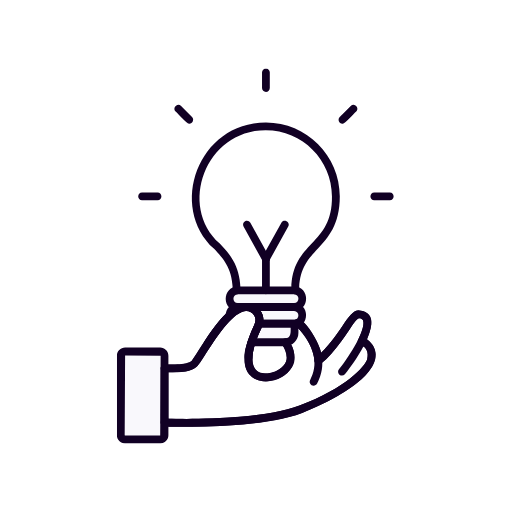
URL Structuring
Create SEO-friendly URLs for better crawlability and ranking.
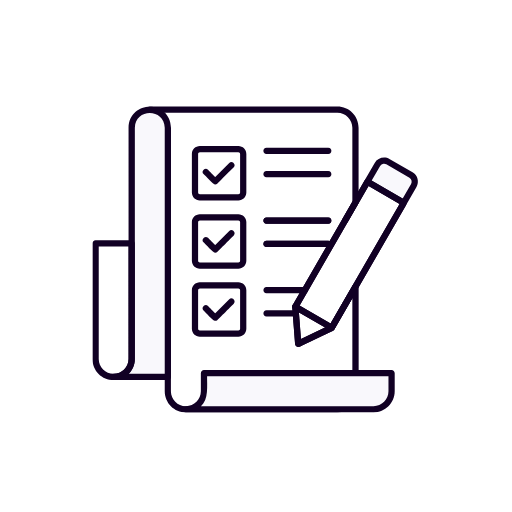
Internal Linking
Improve navigation and SEO by linking relevant pages within your site.
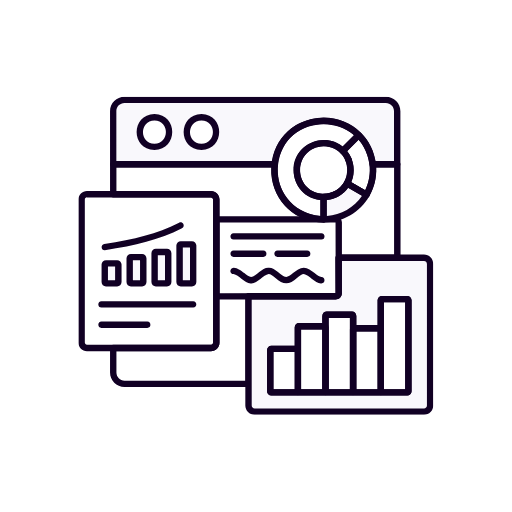
Image Optimization
Compress and tag images for faster load times and better SEO.
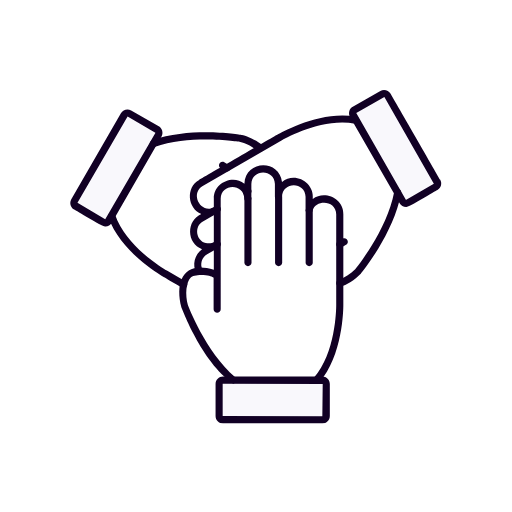
Schema Markup
Add structured data to enhance search listings with rich results.

Mobile Responsiveness
Ensure your site looks and works great on all mobile devices.
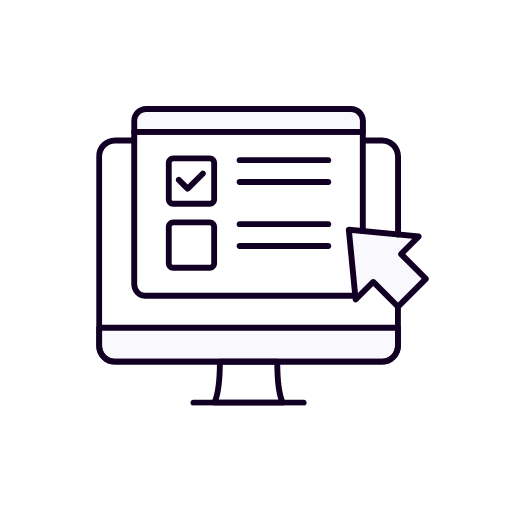
Page Speed Optimization
Boost site performance with faster loading times for better rankings.
Let's get started
Don't get left behind
Stay ahead of the competition with ReachOut – don’t get left behind.

Got Questions? Let's Clear Things Up – Your FAQ Guide!
Find quick answers to the most common questions
01. What are on-page SEO services?
Techniques applied directly on your website to improve its search engine rankings.
02. How do on-page SEO services improve website rankings?
They optimize content, meta tags, and structure to match search engine algorithms.
03. What is included in on-page SEO services?
Title tags, meta descriptions, content optimization, internal linking, and more.
04. How much do on-page SEO services cost?
Typically range from $100 to $1,500/month depending on site size and needs.
05. What is the difference between on-page and off-page SEO services?
On-page is done on your site; off-page involves external links and signals.
06. Are on-page SEO services worth it?
Yes, they boost visibility, drive traffic, and improve user experience.
07. How to choose the best on-page SEO service provider?
Look for experience, transparent reporting, and proven results.
08. What tools are used in on-page SEO services?
Tools like Google Search Console, Screaming Frog, and SEMrush are common.
09. How long does it take to see results from on-page SEO services?
Typically 3 to 6 months, depending on site health and competition.
10. Can I do on-page SEO myself or should I hire a professional?
DIY is possible, but pros ensure accuracy, strategy, and faster results.
11. What are local on-page SEO services?
Optimizing pages for local search intent with location-based keywords and schema.
12. Who need on-page SEO services?
Businesses, bloggers, e-commerce sites, and anyone wanting online visibility.
13. Why is on-page SEO important for Google rankings?
It helps search engines understand and rank your content accurately
14. What are the top elements of effective on-page SEO?
Quality content, meta tags, keyword use, headers, and internal linking.
15. Which content factors impact on-page SEO performance?
Relevance, readability, keyword density, and content structure.
16. How do meta tags affect on-page SEO?
They guide search engines and users about page relevance and intent.
17. What’s the role of internal linking in on-page SEO?
Helps users navigate and distributes ranking power across pages.
18. How does mobile-friendliness impact on-page SEO?
Mobile-ready sites rank better due to Google’s mobile-first indexing
19. What is keyword placement in on-page SEO?
Strategic use in titles, headers, and content to improve relevance.
20. Can on-page SEO fix low traffic issues?
Yes, it improves visibility and usability, leading to higher traffic.
21. How do SEO-friendly URLs influence on-page SEO?
They enhance clarity, keyword relevance, and user trust.
